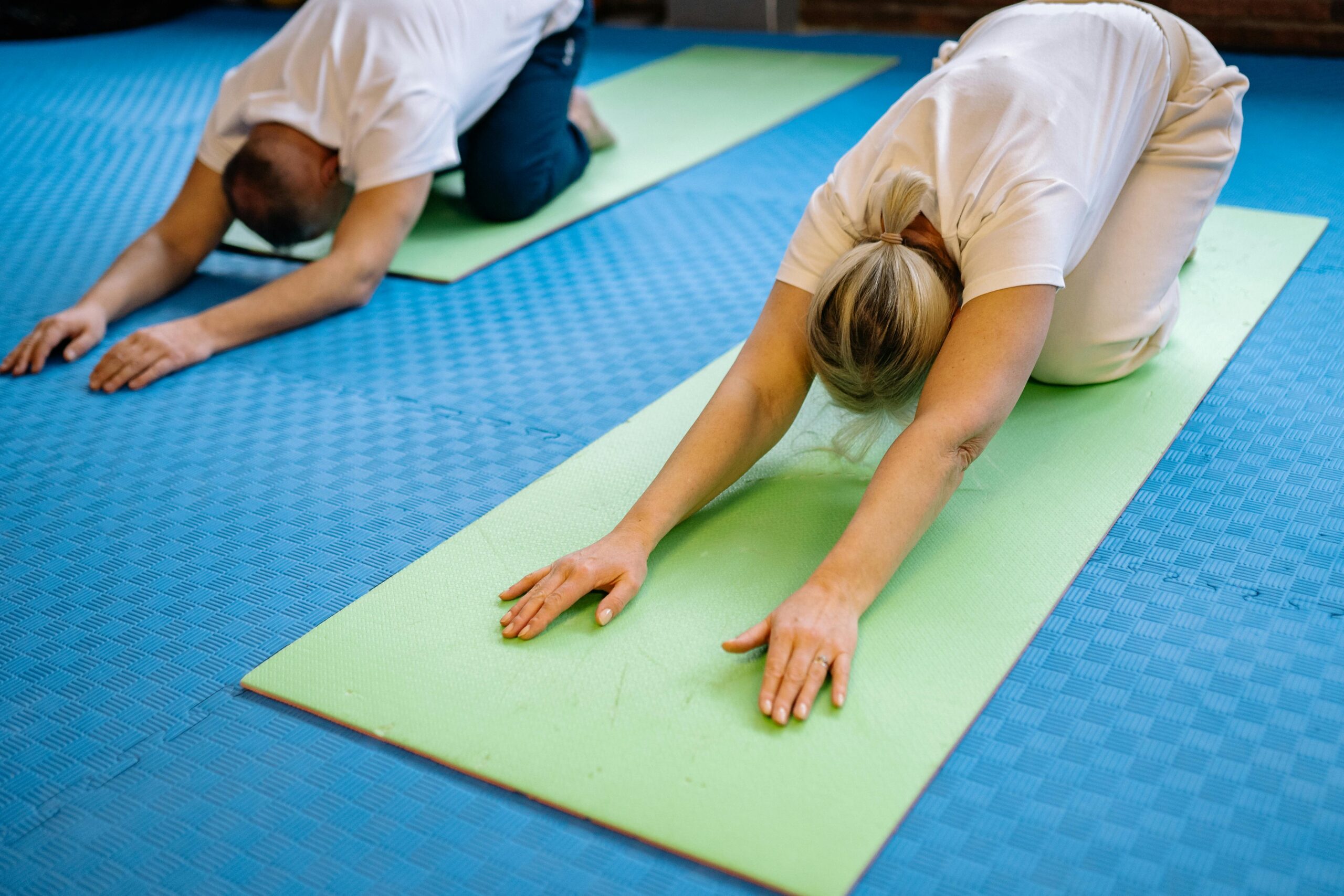Are you stretching regularly but still struggling with back pain? You’re not alone; many of the patients I’ve helped have faced the same issue. In this article, I’ll explain why stretching probably isn’t helping you and what you can do instead.
Why Stretching Doesn’t Work
You might think stretching is a good idea because a healthcare provider suggested it, or because you feel stiff and tight in your back. You’re not alone; many people believe stretching is beneficial for back pain. Additionally, you may have found that stretching makes your back feel better – temporarily. This has made you believe that you just need to stretch more, but that’s likely the wrong conclusion. While stretching can make your back feel better for a short time – maybe for 15-20 minutes – it rarely provides lasting relief. Instead, stretching often makes the pain worse in the long run. I see this all the time. People unknowingly irritating their back due to the stretches they are doing.
The simple fact is, if stretching hasn’t helped your pain yet, it probably won’t, no matter how much you do. While it might give you temporary relief, there is a good possibility it is keeping your back sore.
Here are three possible reasons why stretching isn’t helping your back pain:
- Stretching Triggers Pain: Some stretches will replicate the movements that cause your pain. For example, if you have a herniated disc, rounding your spine can trigger discomfort. This means stretches that involve rounding your back, like pulling your knees to your chest or trying to touch your toes, will irritate your back further.
- Stretches Don’t Reduce Strain: Even if your stretches don’t replicate your pain, they usually don’t relieve the strain causing it. For example, if too much pressure through your spine is what bothers it, doing back stretches that either round or arch your back won’t help. It’s like having a sprained ankle—stretching your ankle several times a day won’t relieve your pain if you are repeatedly twisting your ankle during your daily activities.
- Need for Stability: If your spine has lost some of its natural stiffness because of injury, stretching will make it worse. Stretching can make your spine more flexible, but many spinal injuries require more stiffness and stability. Instead, you need to do exercises that will improve your spine’s stability.
What to Do Instead
- Stop Stretching: The first step to overcoming your back pain is to stop stretching immediately. Continued stretching might not just be ineffective; it could be harmful.
- Determine the Cause of Your Pain: Back pain happens when the strain on your back exceeds how much it can handle. Therefore, to address your pain, it is necessary to figure out what strain is causing it. You can do this by keeping a journal for 3 to 4 days, and noting activities and postures that worsen or improve your pain. Afterward, review your notes to identify common triggers. Common triggers include compression, shear, bending, or twisting. For instance, if sitting slouched for long periods, picking things up, tying your shoes, and doing sit-ups all cause pain, then forward bending of your spine is likely what causes your pain.
- Eliminate the Cause: Once you know what’s causing your pain, you will need to adjust your movements and postures to avoid the cause. Often, this means moving more with your hips instead of your spine and keeping your spine in a neutral position. For example, if bending forward triggers your pain, you will need to learn to bend forward from your hips while keeping your spine straight and using a lumbar support while sitting to avoid slouching will also be helpful. Additionally, replace exercises like sit-ups with alternatives such as front planks would be a good idea.
Conclusion
If stretching hasn’t helped your back pain so far, it likely won’t in the future. Continuing to stretch and expecting different results doesn’t make sense. Instead of stretching, focus on identifying the strain causing your pain and removing it from your daily activities. By doing this, you’ll be on the right path to overcoming your back pain.
